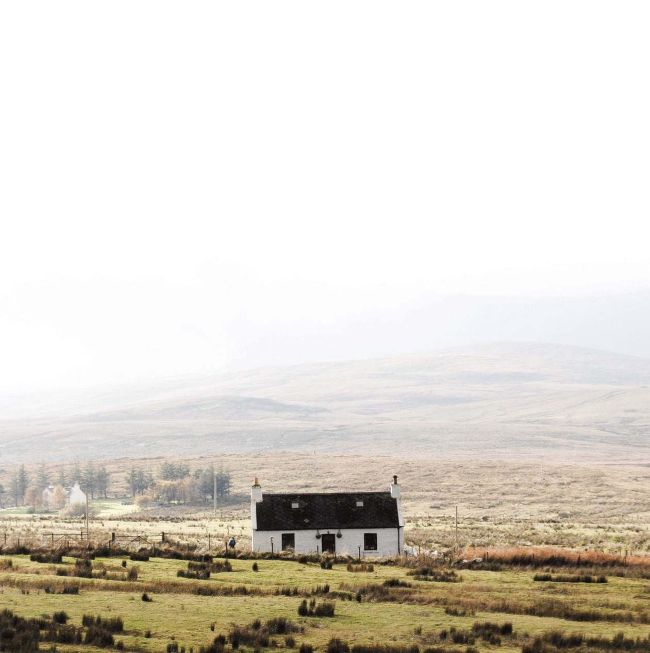‘The finest town in Moray’
John R Hume highlights a parish church in a town which may date back to Roman times.
SERIES
FORRES is a very attractive little town in the ‘Laigh of Moray’.
Its main street runs east-west on a ridge above the coastal plain, in a manner typical of a mediaeval burgh. Beyond its east end is Sueno’s Stone, a notable Pictish cross slab. This is a very ancient place. It is described in The Buildings of Scotland Aberdeenshire: North and Moray as ‘The finest town in Moray’, and may have been known to the Romans.
There was an Iron Age fort on Cluny Hill, immediately south of the High Street.
Sueno’s Stone dates from the 9th or 10th century, and is about six metres high. On one side is an elaborately-carved cross, and on the other four panels depicting a battle and its aftermath.
In the mid-12th century David I created Forres a royal burgh; its charter was renewed in 1696 by James IV.
It became an important trading centre in the 17th century, with a harbour at Findhorn, destroyed in 1694.
From the middle of the 18th century agricultural improvement gave new life to the burgh, as the surrounding land is notably fertile, and the climate dry and mild, suitable for growing cereal crops.
Turnpike roads and bridges were constructed in the early 19th century linking Forres with Aberdeen and Inverness.
In the mid-19th century an east-west railway line was opened, and in 1865 the Inverness and Perth Junction Railway gave Moray a direct link with central Scotland. With its good climate the town became a noted holiday resort.
There was a boom in the Scotch malt whisky industry in the 1890s, and two distilleries were built in or near the town – Benromach and Dallas Dhu. In 1897 a new direct railway was opened between Inverness and Aviemore, reducing the importance of Forres as a railway centre.
The town, however, remained prosperous, and benefitted for many years from its proximity to Kinloss RAF station.
Sueno’s Stone is evidence for early Christianity in Moray, and there may have been a church in Forres from the 9th century. With the formalisation of the parish system in the 12th century the parish of Forres was linked to Elgin Cathedral, its priest being attached to it as Archdeacon of Moray.
In about 1275 Alexander III built a new church in Forres, dedicated to St Laurence, in memory of his queen, Margaret of England. This church lasted until 1774-76, when it was replaced by a simple Georgian building, on the same site.
The present building was constructed between 1902 and 1906, to designs by John Robertson, The scale and elaboration of the new St Laurence’s is clear evidence of the prosperity of Forres at that time. The building is described in The Buildings of Scotland as Excellent early Gothic’ That source notes particularly its ‘rippling silhouette of spires, which dominate the Forres skyline’ and commends the sophisticated use of dressed stone and rubble both internally and externally. Inside there is a fine open pine roof and the galleries at the east end and on the north side have nicely curved fronts. A particular glory of the building is its suite of outstanding stained-glass windows.
These were installed in the 1930s, and are the work of Douglas Strachan, one of the finest stained-glass artists of his day.
St Laurence’s can claim to be one of the finest Church of Scotland buildings in the north of Scotland, particularly in the attention to detail in its design and construction, and in the extraordinary virtuosity of Douglas Strachan’s windows.
If you can, make a point of visiting Forres and St Laurence’s, and Sueno’s Stone, and what is a very lovely place. You will not easily forget the experience.
POEM
IONA
Leave Craignure and the woods around Duart Castle
and hug the shore before you climb the lion-coloured hills:
Glen Gorm, from which the people once were burned.
Up higher and still higher, until the lochs lie far below
in clear, long stretches. Then begin the descent
and if you’re lucky, the whole bald head of Ben More
has broken out of cloud and stares west, a weathered sphinx.
A telephone box, a single house, and miles of salt marsh
for the constant hope of otters. Then on, to Pennyghael,
and the thin, single track road that winds like a piece of thread
over to the cliffs of Carsaig. But keep on heading west,
until Bunessan and the harbour and the clustered houses.
You’re almost there. An inland loch, impossibly blue,
and now the breeze blows every way at once –
the land lies low, left with a few wind-twisted trees,
and see, ahead, there, on the edge of the sky,
the island still at anchor; the abbey nestled by the sea –
guarding, keeping, waiting.
Kenneth Steven

Photo: Unsplash
Join us online at www.lifeandwork.org